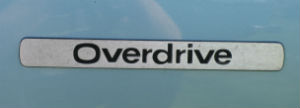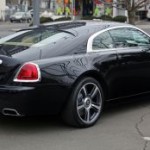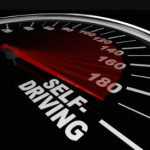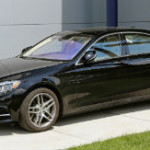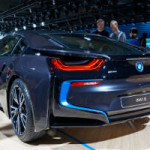What Is Overdrive For On A Car
Overdrive is an interesting state(or device) for a motor vehicle where it is cruising at a high speed but with reduced RPM’s from the engine. The side effects of overdrive is that the vehicle runs more quietly and efficiently, thus saving gas and wear and tear. So how does overdrive work?
The Workings of Overdrive
A Little Physics
First we need a little physics of friction: the faster something goes, the more air pushes on it. This is the air drag. There is also friction from the wheels on the ground, called rolling resistance, which also gets greater the faster you go too. These two forces act to slow the car down. The engine produces power that makes the car go, and at the point of maximum power we go as fast as possible and have maximum resistance from the wind and rolling friction.
Less Stress-More Work
Pretty easy to get so far. Now, engines aren’t designed to work this hard for long. Too much stress, just like if your boss pushes you to your limit constantly. But if your boss were to back off just a little, you’d have less stress and be able to get more done without snapping. Same thing in your car: the overdrive allows the engine to not work quite as hard, which slows the car down slightly but lowers the resistance tremendously and lets the car operate at a lower RPM, making it more efficient and able to operate at that level for longer without over stressing the engine.
From Complex to Simplistic
How most vehicles actually achieve overdrive is vastly more complex, involving changing gear ratios such that there is optimal output of power for a given speed based upon the type of drive shafts involved. More complex than we really care for, because as cars have evolved over the past few decades achieving overdrive at highway speeds has become easier, especially with on-board computers and automatic transmissions replacing manual stick shifts.
In fact, at this point the term “overdrive” is really just a marketing term for a very high gear ratio that allows the effect of overdrive without necessarily actually achieving overdrive from an engineering perspective. For the non-gear head it is close enough in that the reduced costs from gas consumption and engine wear (plus a quieter ride) are what we really care about instead of technical exactness.
So faster, quieter, and more cost effective cars from overdrive, because people and vehicles aren’t meant to go full out all the time. Saves money and stress, something we all want from cars and life.

